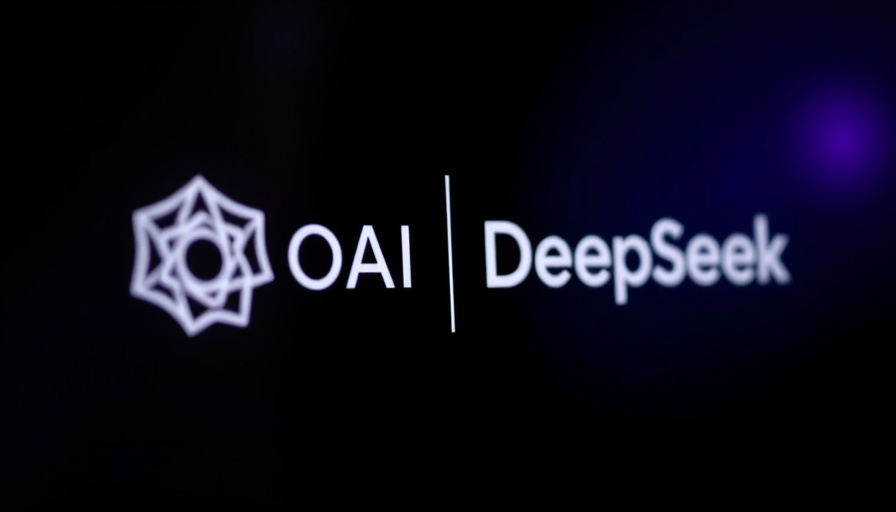
OpenAI's Competitive Response in the AI Chatbot Landscape
As artificial intelligence continues its rapid evolution, OpenAI finds itself in a fierce race to maintain its lead in the chatbot sector. With the increasing popularity of competitors like DeepSeek and Google's Gemini Live, OpenAI recently announced significant updates aimed at enhancing user experience and broadening accessibility. The launch of the Advanced Voice Mode for free users marks a strategic shift, reflecting a need to adapt to the competitive pressures in the AI landscape.
Understanding the Expanded Features
OpenAI's decision to roll out the Advanced Voice Mode for all users, initially exclusive to Plus subscribers, signifies a pivotal change in its service approach. This update allows free-tier users to experience more natural, conversational interaction with ChatGPT, which was previously limited. Free users were constrained to a mere 10 minutes of voice conversation per month; the new updates have not specified daily access limits, though indications suggest that Plus users will still enjoy a much larger quota, reportedly around five times that of free-tier users.
What Sets OpenAI Apart?
What makes this advancement particularly notable is its timing in relation to competing offerings. Google's Gemini Live, which provides a no-cost voice mode on Android, has put pressure on OpenAI to enhance accessibility. This competitive landscape urges OpenAI to assess its business model critically. As reported earlier, the introduction of voice communication has already transformed user interactions, although limitations remain regarding free access, primarily to control costs while still ensuring premium features for paying customers.
The Advantages of Voice Interaction
Incorporating voice capabilities goes beyond mere convenience; it significantly enhances how users engage with AI. The recent introduction of voice and image support within ChatGPT is empowering users to have immersive conversations that extend beyond text. For instance, users can now snap images of their surroundings and discuss them directly with the AI, creating serves tailored to individual needs—be it for cooking, travel, or problem-solving.
Comparative Insights from Competing Technologies
The AI voice assistant arena is expanding, with OpenAI, Google, and Microsoft adopting different strategies. Microsoft has recently eliminated all restrictions on its voice interactions in Copilot, which has raised consumer expectations regarding what a free AI service should entail. Meanwhile, DeepSeek's innovations in processing natural language have distinguished it in the landscape, presenting OpenAI with a significant challenge to enhance its offerings.
Challenges Ahead for OpenAI
Despite making strides to bolster accessibility, OpenAI faces challenges in a subscription-based model. Its attempt to funnel functionality through paid tiers, while still offering enticing features at no cost, may not sustain its competitive edge forever. As competitors long for similar offerings, the pressure mounts for OpenAI to innovate while also evaluating how to make its model sustainable long-term.
Future of AI Voice Technology
As AI voice assistants emerge as an integral part of digital interactions, the landscape will continue to evolve. OpenAI's gradual introduction of features hints at a cautious approach towards risk management in this rapidly advancing field. Balancing performance, cost, and ethical considerations will be key, especially with emerging players like xAI’s Grok, which offers a less moderated voice interaction experience.
As users eagerly adapt to the evolving nature of AI voices, the question remains: How can OpenAI sustain its competitive lead as the standard for voice functionalities within chatbots continues to shift? Key aspects such as naturalness, response fluidity, and user-first design principles will define the path forward. Users should embrace these advancements not only as a technological shift but as a broader societal integration of AI.
 Add Row
Add Row  Add
Add 


 Add Row
Add Row  Add
Add 

Write A Comment